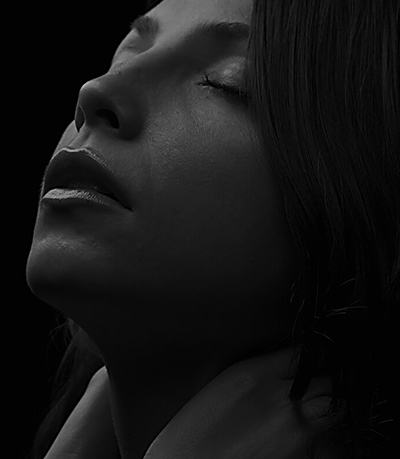What is laser tattoo removal?
A tattoo consists of ink particles deposited into the skin. All lasers work by having tissue targets (chromophores) and the chromophore in this instance is the tattoo pigment within the skin.
Removal of tattoos became possible with the advent of Q Switched lasers (nanosecond lasers). Further laser developments with the introduction of picosecond lasers, have allowed the tattoo removal procedure to become more effective, with more ink colours able to be treated and with fewer number of treatments.
We use a combination of nanosecond and picosecond laser to remove unwanted tattoos. These lasers work via a different mechanism (photomechanical or photoacoustic), which makes it much safer for patients with darker skin types.
Large tattoo ink particles are shattered by the laser beam into progressively smaller particles, until they are small enough to be removed by our immune cells (macrophages) and redirected into the lymphatic system of our body. For example, rock to pebbles, pebbles to sand and finally sand to dust.
We usually begin with nanosecond pulse duration (Q switched mode) as this allows shattering of bigger ‘rocks’. In subsequent treatment sessions, picosecond pulse duration would be used, as this is more effective at shattering ‘pebbles and sand’. This is one of the main reasons why Q switched lasers are often not effective enough at complete tattoo removal, and a picosecond laser often achieves a superior outcome.
We use the Cutera Enlighten III TM laser. It has three wavelengths, 532nm, 670nm and 1064nm. This allows us to treat different colour tattoo pigments at different depths in the skin and in patients of all skin types, including those with darker skin.
Who is a suitable candidate?
Tattoo regret is extremely common among both men and women. Common reasons for tattoo regret include having tattoos done in one’s youth, the message or the name in the tattoo may no longer be desirable or appropriate or the location of the tattoo may be too visible.
We treat patients with tattoos of all colours and in patients of all skin types.
WHAT TO EXPECT
We see you for an initial consult and examination to allow us to plan your treatment. Treatment planning is very important as tattoos behave very differently and we need to take into account multiple factors, such as your skin type, location of your tattoo, ink colour, thickness of your skin, age of the tattoo and whether the tattoo was done professionally or by an amateur. This will help determine the parameters for treatment and give us an idea of a realistic treatment outcome.
Most tattoos required multiple treatments, usually 6-8 weeks apart. A very rough estimate is that on average 7 treatment sessions may be required. Some tattoos such as amateur tattoos, can be removed much more quickly after 1-2 treatments sessions. It is very difficult to give exact guidance on the number of treatments required to remove a particular tattoo, as it will depend on many individual factors. Tattoos on the extremities can take longer to remove that those on the torso. Black coloured tattoos are generally easier to remove than tattoos with multiple colours. Professional tattoos commonly have more ink with ink in deeper layers of the skin and as such often take longer to remove that amateur tattoos. Layered tattoos require more treatment sessions than non-layered tattoos. Tattoos within scar tissue is more difficult to remove that tattoos on healthy normal skin. We will discuss each if these factors with you at the initial consultation.
We need to wait a minimum of 6-8 weeks between treatment sessions to allow your immune system to remove the now smaller ink particles from your skin and into your lymphatic system. It is important to understand that complete tattoo removal may not always be possible.
Common side effects after treatment include redness, mild discomfort, swelling, itching and mild bruising. These side effects are temporary and should subside within a few days to a week. It is important to protect the treated area following.
Many patients have avoided tattoo removal in the past as they have been fearful about discomfort during the laser removal process. We offer a range of treatments to minimise any discomfort experienced during the tattoo removal procedure, including topical anaesthesia, use of a Zimmer cooler, and local anaesthetic infiltration. It is also important to remember that the actual laser removal process is very fast, lasting only a few minutes, depending on the size of the tattoo.
HOW ARE WE UNIQUE
We are unique in that the entire patient journey is medically focused. Your initial assessment and treatment is performed by us as doctors. To ensure successful tattoo removal, there needs to be a good understanding of skin physiology and laser physics. The combination of this knowledge and our experience with laser treatment allows us to tailor the treatment parameters to ensure that it works as effectively as possible for your tattoo and your skin type.
Do You Have A Question?
Please complete the form below and we will be in touch ASAP.


